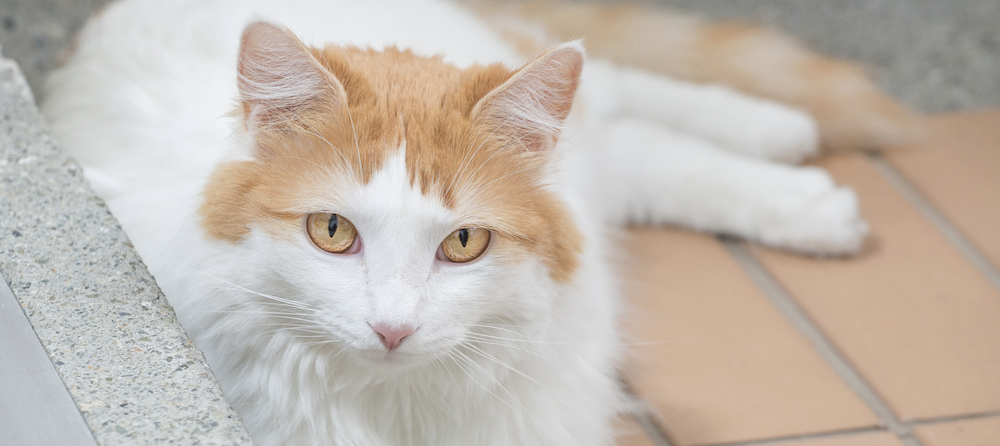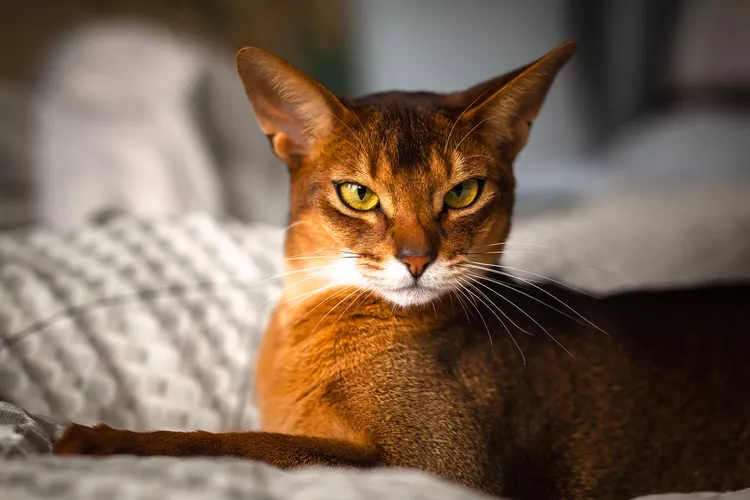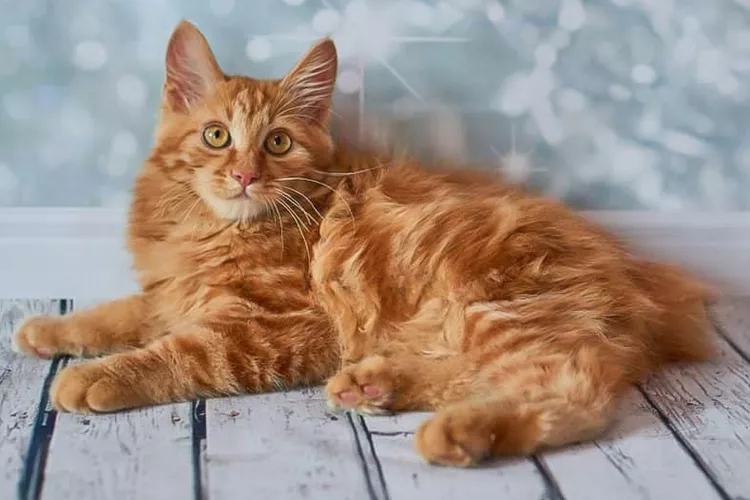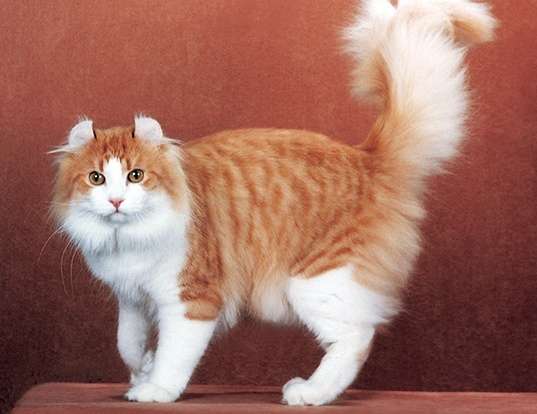
Description
Size: 7-18lbs.
The stunning Turkish Van is characterized by its chalk-white body, colored patterns on the head, and long, plumed tail. The Turkish Van’s distinctive pattern is known as a “Van pattern,” which includes a virtually all-white body with coloration on her face and tail. It is the athlete of the cat world with muscular, wide shoulders and a thick neck. Van bodies shouldn’t be very thick or underweight. Being one of the biggest cats, it ought to evoke images of an athlete’s physique. It takes them three to five years to attain full maturity.
The Turkish Van is a powerful and skilled swimmer, giving this breed the nickname “The Swimming Cat,”. The Turkish Van is able to participate in water activities specifically because of her silky coat. The Van’s coat is inherently water resistant because to its smooth texture and because there is only one coat.

Behavior
Activity Level: Moderate
Social needs: Should not be left alone for longer period, needs companionship
The Turkish Van cat temperament is mainly described as lively, playful, and cheerful. They are ideal for individuals who have plenty of time and love to devote to their furry pet since it demands a lot of care from their animal owners. They can jump as well. Because of their strong hind legs, they are excellent climbers and jumpers, so you can find them perched on top of a bookshelf or in another place to have a better view of everything going on in their environment.
Turkish Vans are compassionate and frequently form the closest relationships with one or two family members. Although they can be independent and loyal, it is not advisable to leave them alone for extended periods.
Origin/History
The Turkish van has a long history. The breed was domesticated for many centuries in the region of Turkey that surrounds Lake Van. A couple on vacation brought back a pair of Turkish Van cats to Britain in the 1950s, and they started breeding these cats with peculiar markings there. But the introduction of a Turkish Van to America didn’t occur until the 1970s.
Care as a Pet
Turkish van cats enjoy playing, climbing, and spelunking. Offer lots of places for climbing and perching, and spend money on some entertaining interactive toys like feather wands and puzzle toys. Many Turkish van cats enjoy snatching up toys that have been thrown, such as little balls and toy mice. Turkish vans actually enjoy playing and splashing in the water, unlike many cats, so think about providing them with some supervised water play opportunities in the washbasin or bathtub.
Nutrition and Diet
It’s crucial to avoid overfeeding the Turkish van because it’s already a sizable cat. Keep your weight down to avoid health problems. Due to this breed’s high level of activity, free feeding can occasionally be tolerated without causing weight gain.1 For advice on the best food to give your Turkish van cat, talk to your vet or the breeder.
Grooming needs
The coat of the Turkish Van sheds little and requires just weekly combing for maintenance. Regular nail cutting and ear washing are the only additional grooming requirements.
Table





